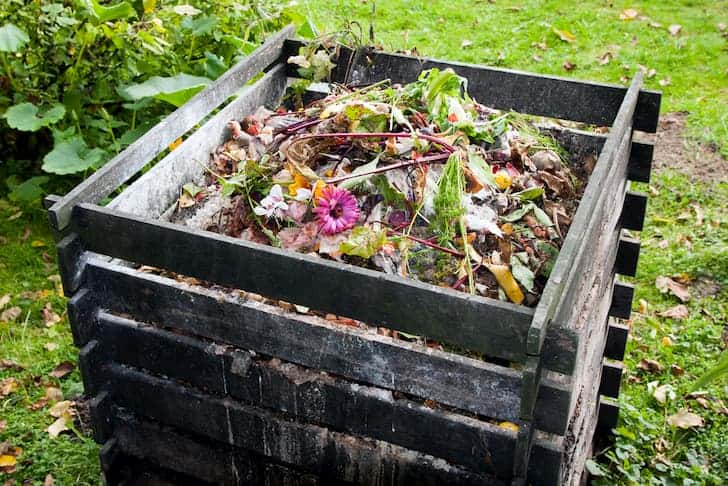When the weather is warm and the evenings stay lighter for longer, lots of people choose to make the most of it by doing work in their garden. Unfortunately, whether it is just simple lawn upkeep or a complete renovation where lots of work is needed, there will always be some garden waste that is produced. To help you plan what you will do with your garden waste before you get started, Fletchers Waste, which offers waste management services and skip hire in Sheffield, have put together some tips to make life easier.
Grass clippings
Grass clippings from cutting your grass are best put into your green waste bin. Your local collection company usually provides these bins if you live in the UK. However, depending on how large your containers are, there may be a limit on how many clippings can be put into them. These bins are different to your general waste one; please make sure you are putting clippings into the correct one.
If your local council does not provide you with a green waste bin or too much waste to put into it, there is always a more natural option. Clippings are a great addition to your lawn to help add nutrients and moisture. Once the law has been cut, simply spread the remaining clippings on top to help improve the soil and grass.
If you have a compost bin in your garden or know someone nearby who does, clippings can be used as part of the 50% soft green materials needed and 50% brown materials such as wood chippings and dead leaves.
If you’re interested in starting to compost at home, in-ground composting has become increasingly popular in recent years due to its numerous benefits. This composting method is a great way to reduce waste and create nutrient-rich soil for your garden, but it also helps keep your composting out of sight and out of mind. In-ground composting is particularly popular in urban areas where space is limited and aesthetic considerations are important.
You can compost a variety of organic materials, such as vegetable and fruit scraps, coffee grounds, etc. For instance, read this post if you’re wondering how to add tea bags to your compost.
If non of the above is a viable option for you, you can take your clippings to your local tip. It’s best to check if your local tip will accept these as well as if there are any special requirements you much follow beforehand.
Wood and Timber
If you’re cutting down trees or discarding other types of wood and timber, it’s important to note that this cannot be put into your household recycling bin. Most recycling bins and boxes from the council now only take household items including plastics and mixed papers etc. The wood used in the household is often treated to look a certain way; therefore, it reduces its ability to decompose and be easily recycled.
Wood recycling companies where you can take the wood to be properly and professionally recycled. If this or any of the above is not accessible to you, most locations across the UK will have a local waste management company who
Local waste management companies, such as Fast Skips, who offer UK waste management and UK skip hire, are worth contacting as they can help you dispose of your timber. Companies like this are able to shred the timber down and recycle it or will know the best companies to contact who can.
Below are items you can put into your recycling bin
- Flowers, plants and leaves
- Pruned branches and twigs
- Weeds and grass cuttings
- Grass cuttings
Here are items that cannot be put into your recycling bin
- Wood/large branches
- Cat litter and pet waste
- Food
- Soil
We recommend checking your local council website to be sure of what waste they will collect in your area. Not all councils will collect the same waste types.
Fence paint
If you are choosing to repaint your fence or have still got paint leftover from previous DIY projects, firstly, please do not pour it down sinks or drains. Similarly to other liquid wastes, paint is hazardous and cannot be put into drains or landfill as they’re banned.
You can, however, take your leftover paints to your local Household Waste Recycling Centre. You will need to make the paint hard before doing so. This can be done by adding paint hardener or sawdust. Leave the lid off and allow the paint to become solid, after this, pierce the containers to check if it is completely solid through to the middle.
Refurbish old tools
Old items such as wheelbarrows often get left in the garden shed with no real use for them. However, have you thought about turning them into garden planters? Simply fill the wheelbarrow up with soil and flowers of your choice, then drill holes into the bottom to create drainage for your flowers. To reduce the risks of weeds, shredded bark can be added surrounding the plants.


1 thought on “Best ways to manage your garden waste”